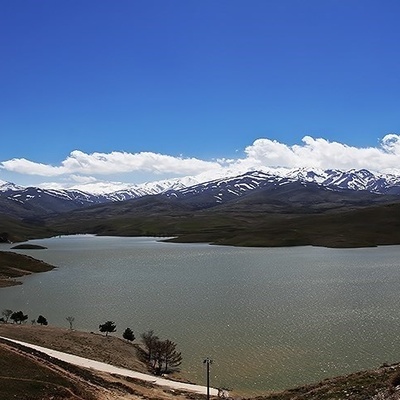SAEDNEWS: While the war in Gaza continues, the news of the killing of Anas Al-Sharif, a prominent Al Jazeera journalist, in an Israeli airstrike along with three of his colleagues has sparked widespread reactions worldwide.

According to SaedNews, citing Reuters, Al Jazeera’s response was immediate and sharp. The network vehemently rejected Israel’s accusations and described the killing of Al-Sharif and his colleagues as a “targeted assassination” aimed at silencing journalists and preventing the dissemination of an independent narrative of the war. Al Jazeera also called for an independent international investigation and emphasized that baseless security allegations against journalists severely threaten media security.

International organizations defending press freedom quickly took action as well. The Committee to Protect Journalists (CPJ) stated that Israel has provided no public or transparent evidence to support the claim that Al-Sharif was a member of Hamas. Isabel Khan, the UN Special Rapporteur on freedom of expression, warned that repeating such patterns could lead to the normalization of violence against journalists and effectively destroy the space for independent reporting in conflict zones.
This is not the first time Al Jazeera journalists have been targeted with such accusations. In October 2024, the Israeli military accused six journalists from the network, including Anas Al-Sharif, of collaborating with armed groups including Hamas and Islamic Jihad. At the time, Al Jazeera denied these allegations as fabricated and stressed that the main goal was to legitimize violent actions against journalists.
A similar case occurred in March 2025, when Hussam Shabbat, an Al Jazeera correspondent, was killed in an Israeli airstrike. Prior to this attack, the Israeli military claimed in a statement that Shabbat was a Hamas sniper. This claim was rejected not only by his family and colleagues but was never supported by publicly available and verifiable evidence.
According to available statistics, by the time of Al-Sharif’s death, more than 200 journalists and media personnel had lost their lives in the Gaza war. Many of these deaths occurred under circumstances that human rights organizations have deemed deliberate attacks or the result of policies that disregard journalists’ safety. In such an environment, distinguishing between legitimate targeting under the laws of war and unlawful attacks on journalists has become a controversial and complex issue.
From the perspective of international law, journalists are considered civilians and according to the Geneva Conventions and their Additional Protocols, intentionally targeting them while they are engaged solely in journalistic activities can constitute a war crime. However, if a journalist actively participates in military operations or plays a direct role in hostilities, they lose their immunity. The main dispute in Al-Sharif’s case lies precisely here: Israel claims he had such a role but has provided no verifiable evidence to prove it.
This situation raises important questions about how security accusations are used on the battlefield. Are these accusations tools to justify attacks and eliminate unwanted narratives, or genuine responses to security threats? Answering this question without transparency and evidence is practically impossible, and this lack of transparency increases distrust in the official narrative.
In the final months of his life, Anas Al-Sharif had repeatedly spoken about the dangers he and his colleagues faced. In his last message on social media, he wrote: “I never doubted transmitting the truth as it is, unaltered and unembellished... I hope God witnesses the silence of those who saw and said nothing.” These words, today, are seen by many not just as an unintended farewell but as a testament to the determination of a journalist who stood firm until the last moment to tell what he saw.
Ultimately, the killing of Al-Sharif can be seen as more than an individual tragedy. It symbolizes a larger challenge facing journalism in the age of asymmetric wars and information battles: the boundaries between journalist and enemy, between narrative and propaganda, and between freedom of expression and national security are increasingly ambiguous and contentious. Until clear answers are provided regarding these blurred lines, journalists on the frontlines of conflict will continue to face not only the dangers of bullets and bombs but also the threat of their voices being silenced.

